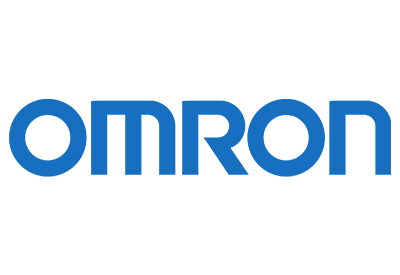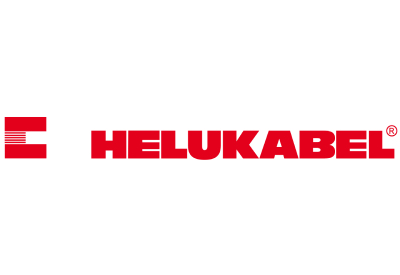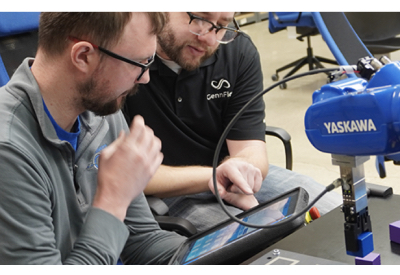Important safety considerations for machine shop equipment

September 30, 2019
If not properly safeguarded, machine shop equipment is capable of seriously injuring an operator. Lathes, band saws and other simple machines can cut or even sever a finger or a limb. Due to the major potential for harm, it’s essential for manufacturers to comply with all mandated safety standards for the types of machines they employ.
What are the standards?
To get started with machine shop equipment safety compliance, manufacturers can look up the safety standards applicable to their region. In the United States, relevant standards are sorted into the following three categories:
- Type-A standards (basis standards) give basic concepts, principles for design, and general aspects that can be applied to machinery
- Type-B standards (generic safety standards) deal with one or more safety aspects or one or more types of safeguards that can be used across a wide range of machinery
- Type-C standards (machinery safety standards) deal with detailed safety requirements for a particular machine or group of machines
In particular, manufacturers in the U.S. should be familiar with the following standards:
- OSHA 1910.212 General Requirements for all Machines, which provides generic requirements for point of operation guarding as well as references to specific machine safeguarding standards
- ANSI B11.0 Safety of Machinery, which describes how to conduct a risk assessment along with breakdowns of supplier and user responsibilities
- NFPA 70E Electrical Safety in the Workplace, which provides a de facto standard for electrical safety
Further standards, such as ANSI B11.6 and ANSI B11.8, deal with specific categories of machinery. Let’s take a look at the safety requirements for a couple of the most common simple machines.
1. Horizontal band saws – what’s required?
- Chip shield and blade guard
- MPTA guards secured with tamper-resistant apparatus
- Mushroom-type, latching emergency stop pushbutton that is colored red with a yellow background
- Electrical disconnect that can only be locked in the off position
- Drop-out protection/anti-restart
Additional best-practice safeguarding measures include:
- Interlocked chip shield
- Warning signs
- Training
- Brake
2. Knee mills – what’s required?
- Chip shield and blade guard
- MPTA guards secured with tamper-resistant apparatus
- Mushroom-type, latching emergency stop pushbutton that is colored red with a yellow background
- Electrical disconnect that can only be locked in the off position
- Forward and reverse motor starter transformer for drop-out/anti-restart
Additional best-practice safeguarding measures include:
- Interlocked chip shield
- Warning signs
- Training
How semi-custom kits can make machine shop safety compliance much easier
At Omron, we want to make safety compliance as easy as possible for manufacturers so that they can properly protect their team without sacrificing productivity. For this reason, we offer semi-custom safety compliance kits for machine shop equipment that comprise all the required components for machine safety.
The term “semi-custom” refers to the fact that the kits only include the safety devices that are required for the machines in your facility, and they exclude any components you already own. Overall, these kits provide a combination of physical guards/shields, signage and electrical control systems to ensure that your simple machines fully comply with all safety measures.






